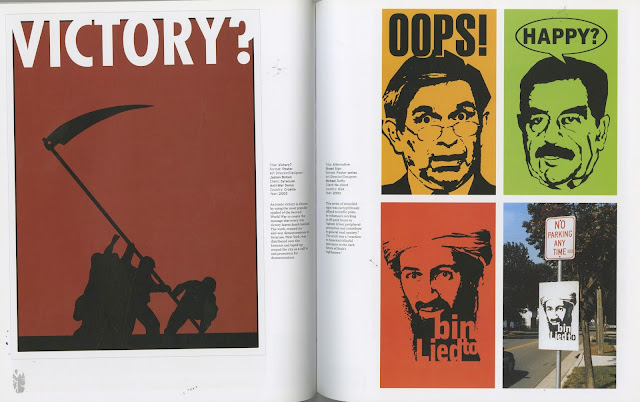The main aims of OUGD505 were to produce projects which show a clear understanding to a topic, this meant both studio briefs would need a wide body of research and exploration as well as informed relevant design to show that the subject has been approached correctly. For studio brief one, I visited Leeds City Museum to learn more about the cities history and to find a subject for the poster to be on. This led to looking at Quarry Hill Flats and the history of the modernist flats which sat in the city centre until the late 70's. The research undertaken was throughout and well explored, this can be seen through the production and outcome of the posters. With studio brief two, a different style of research was needed, instead of looking at historic happenings, the topic was ethics, and ethical design or good design, this meant exploring a topics which affect people, looking at things for for good, charities and organisations, this lead to looking at anti-war movements and groups who are opposed to war. This then evolved into looking at protest art and movements which protested and produced protest pieces and anti-war art. Recent political news of a snap election occurring on June 8th meant that the project could have a clear campaign point, this led to the design of the final outcomes produced. A clear design path can be seen within either project, though studio brief two has a much stronger evolution to it, with a wide body of research being undertaken and high quality outcomes produced.
Overall the SB1 project helped me to explore an interesting topic and influenced a refreshed look at swiss design as well as being an opportunity to explore more print methods, attempting to strengthen monoprint techniques and seeing if it is an easier medium than screen print in some aspects. The outcomes I feel could have been cleaner, mono-printing has its down falls in that the paint easily gets through thin paper, this is a consideration which will be remembered and considered in future projects. Though the outcomes are still interesting and relevant representations of the research and project undertaken. SB2 made me consider the actions of a designer and the messages which can and should be put into public view, looking at a heavy topic of war I had to be careful what could and couldnt be said, the brief helped me consider my own actions as a designer. The project explores anti-war themes, looking at protest design and peaceful organisations, this influenced a propaganda style piece which was screen printed, these outcomes were strong and were met with positive feedback from peers. The module has helped me to explore wide research, new design processes and made me think of design considerations such as production, content and distribution, all of which has been well explored and outlined within SB2.





















































